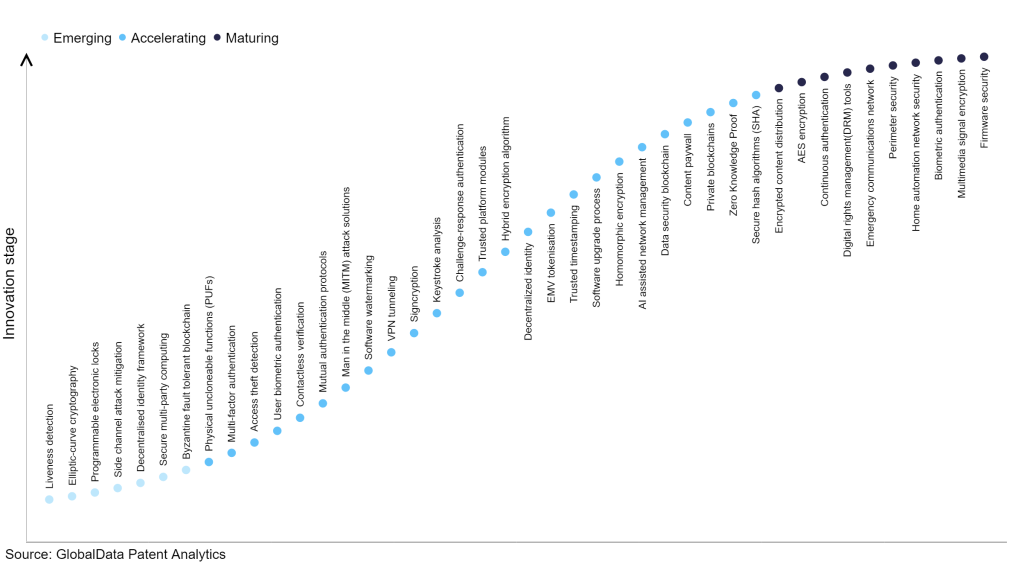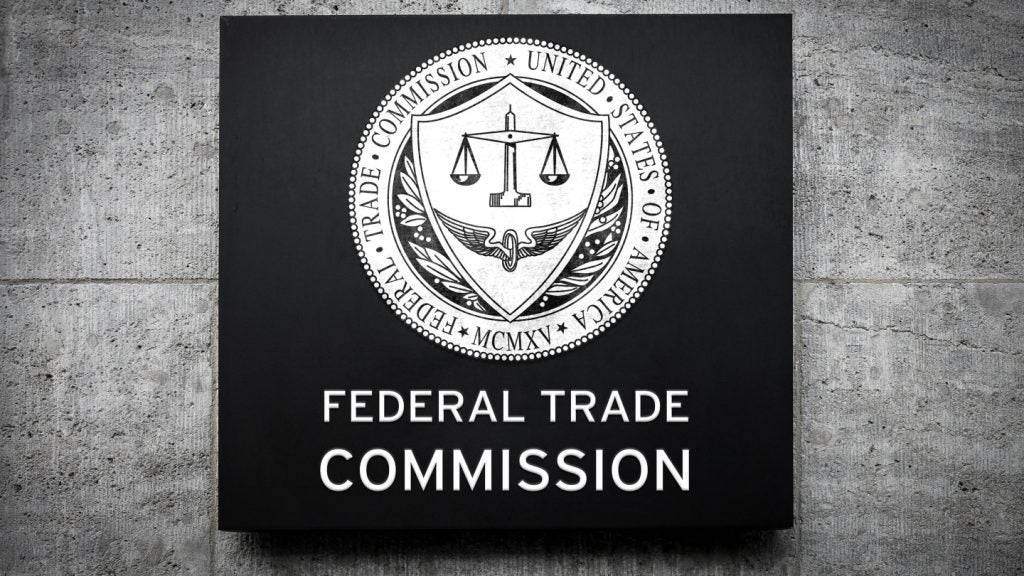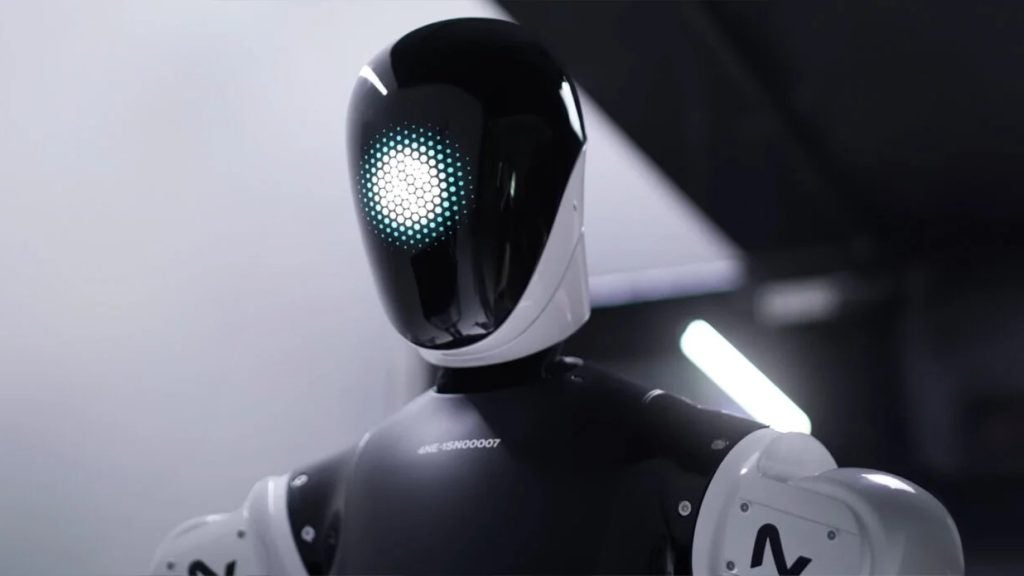The technology industry continues to be a hotbed of innovation, with activity driven by digital transformation and the need for stronger and more comprehensive cybersecurity measures to protect against cyber threats and attacks, as well as growing importance of technologies such as intrusion detection systems (IDS), security information and event management (SIEM), access control systems and security orchestration, automation, and response (SOAR). In the last three years alone, there have been over 3.6 million patents filed and granted in the technology industry, according to GlobalData’s report on Innovation in Cybersecurity: Access theft detection. Buy the report here.
However, not all innovations are equal and nor do they follow a constant upward trend. Instead, their evolution takes the form of an S-shaped curve that reflects their typical lifecycle from early emergence to accelerating adoption, before finally stabilising and reaching maturity.
Identifying where a particular innovation is on this journey, especially those that are in the emerging and accelerating stages, is essential for understanding their current level of adoption and the likely future trajectory and impact they will have.
300+ innovations will shape the technology industry
According to GlobalData’s Technology Foresights, which plots the S-curve for the technology industry using innovation intensity models built on over 2.5 million patents, there are 300+ innovation areas that will shape the future of the industry.
Within the emerging innovation stage, byzantine fault tolerant blockchain, secure multi-party computing and decentralised identity framework are disruptive technologies that are in the early stages of application and should be tracked closely. Secure hash algorithms (SHA), zero knowledge proof and private blockchains are some of the accelerating innovation areas, where adoption has been steadily increasing. Among maturing innovation areas are firmware security, multimedia signal encryption and biometric authentication, which are now well established in the industry.
Innovation S-curve for cybersecurity in the technology industry

Access theft detection is a key innovation area in cybersecurity
Access theft detection refers to the procedures of overseeing, identifying, and acting against illegitimate access to computer networks, systems, and information. It encompasses the utilisation of technical instruments such as firewalls and intrusion detection systems to identify attempts to gain access to a system without permission. Additionally, it involves implementing measures like user authentication, encryption, and logging to safeguard against unauthorised access.
GlobalData’s analysis also uncovers the companies at the forefront of each innovation area and assesses the potential reach and impact of their patenting activity across different applications and geographies. According to GlobalData, there are 50+ companies, spanning technology vendors, established technology companies, and up-and-coming start-ups engaged in the development and application of access theft detection.
Key players in access theft detection – a disruptive innovation in the technology industry
‘Application diversity’ measures the number of different applications identified for each relevant patent and broadly splits companies into either ‘niche’ or ‘diversified’ innovators.
‘Geographic reach’ refers to the number of different countries each relevant patent is registered in and reflects the breadth of geographic application intended, ranging from ‘global’ to ‘local’.
Patent volumes related to access theft detection
Source: GlobalData Patent Analytics
Among the companies innovating in access theft detection, Denso is the leading patent filer. The company’s patents are aimed at controlling a vehicle using a portable or installed device that sends a radio frequency (RF) signal at a specific time interval synchronised with an RF clock signal, following the transmission of an low frequency (LF) signal.
Other prominent patent filers in the space include Continental and Huf Hulsbeck & Furst.
In terms of geographical reach, Dormakaba Holding leads the pack, followed by Honda Motor and Tata Motors. In terms of application diversity, Tendyron Corporation holds the top position, followed by NEC and Denso.
The use of access theft detection technologies is crucial to ensuring the security of networks and computer systems, and to protect against potential threats and attacks.
To further understand how Cybersecurity is disrupting the technology industry, access GlobalData’s latest thematic research report on Cybersecurity – Thematic Research.
Data Insights
From

The gold standard of business intelligence.
Blending expert knowledge with cutting-edge technology, GlobalData’s unrivalled proprietary data will enable you to decode what’s happening in your market. You can make better informed decisions and gain a future-proof advantage over your competitors.






